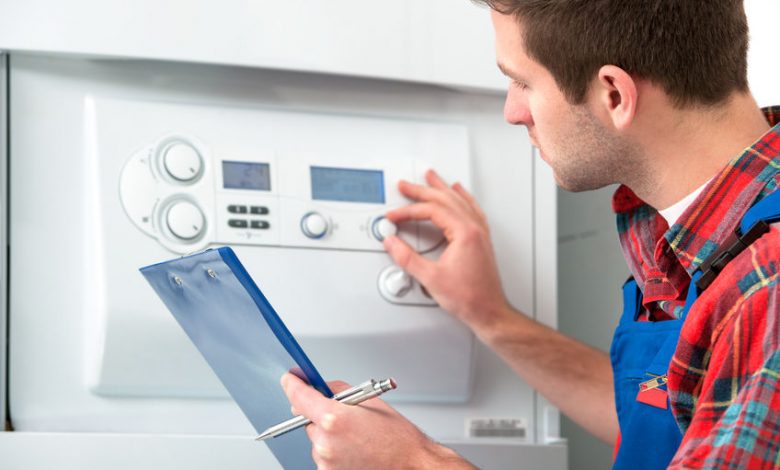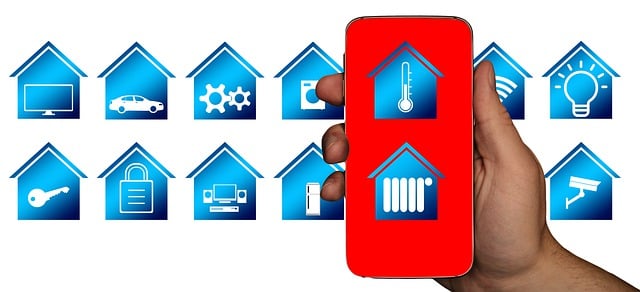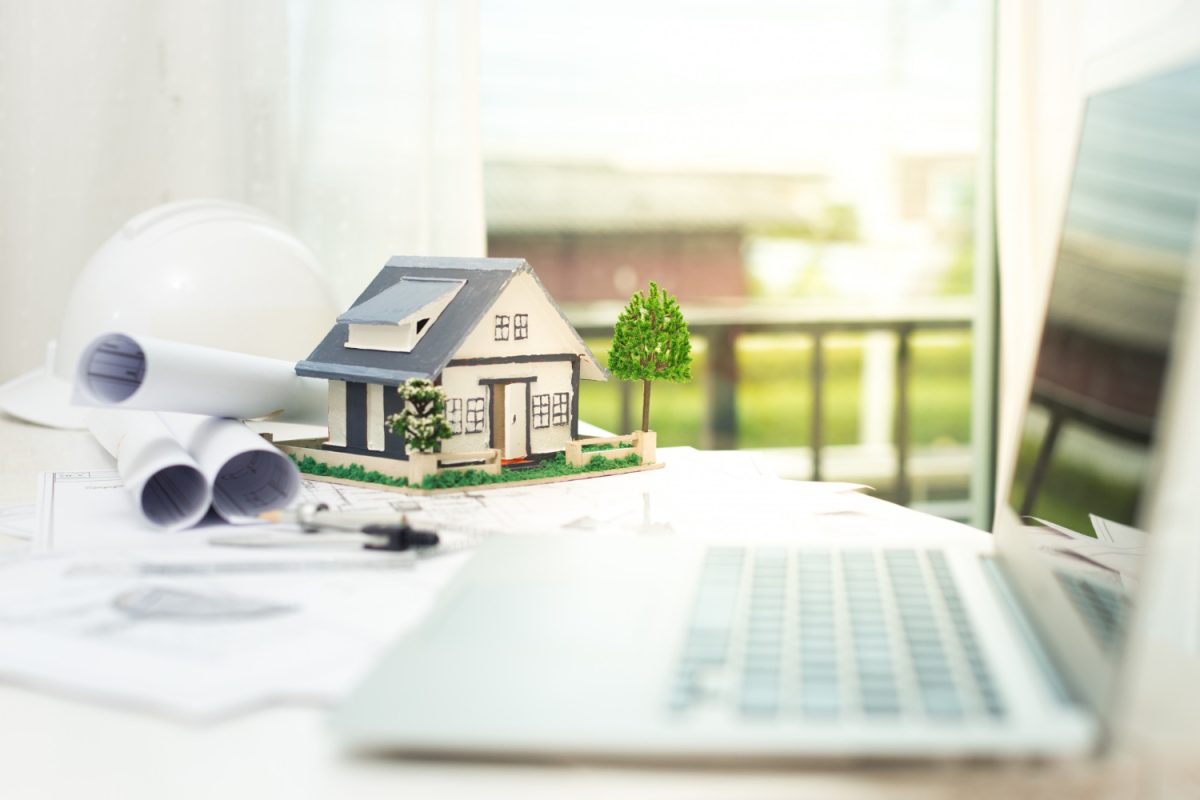How to Safely Install and Repair Your Home Heating System

Your home heating system plays an important role in maintaining comfort during the winter months; however, it can pose risks if not installed or maintained properly. This guide will walk you through steps to ensure your heating system is safe, efficient, and well-maintained.
In this article, we will cover the importance of regular maintenance, proper ventilation, safe installation practices, and how to avoid common hazards associated with home heating systems.
Regular Maintenance of Your Heating System
Professional checks
Hiring a professional for periodic checks is important. They ensure filters and components are in good condition, which helps maintain the system’s efficiency and safety. Professionals can identify potential issues early, preventing more serious problems in the future.
Proper ventilation
Preventing carbon monoxide buildup is important. Ensure your home has at least one carbon monoxide detector on each floor to mitigate poisoning risks. Regularly inspecting vents and chimney flues can further enhance safety by allowing harmful gases to exit the home effectively.
Energy efficiency
Regular maintenance can improve energy efficiency, potentially saving you money. Consider using energy-efficient thermostats, such as those from Cairox, to help reduce energy consumption and costs. Additionally, sealing ducts and insulating pipes can minimize heat loss, making your system more effective.
Safe Installation Practices
Professional installation
It’s advisable to hire a qualified professional to install your heating system. This helps ensure the system is correctly sized and installed, reducing the risk of incidents and enhancing the system’s efficiency. Professionals adhere to local codes and regulations, ensuring that the installation meets all safety standards.
Electrical safety
Before any installation or repair, turn off the power supply to avoid electrical risks. This is particularly important when installing or maintaining thermostats. Using the correct tools and safety equipment can further reduce the likelihood of accidents.
Material and safety compliance
Use appropriate materials and follow safety guidelines during repairs. Ensuring that the ventilation system is clear and functional is important for safe operation. Always refer to the manufacturer’s instructions when replacing parts to ensure compatibility and safety.

DIY Safety Tips
While professional maintenance is recommended, homeowners can take some safety measures:
- Keep flammable objects away from heating sources
- Ensure additional heating devices are turned off when not in use
- Regularly test carbon monoxide detectors
- Be aware of potential hazards such as overheating and electrical risks
- Schedule regular filter replacements to maintain air quality and system efficiency
Safety Precautions
To maintain a safe home environment:
- Keep flammable objects away from heating sources
- Ensure proper ventilation and avoid leaving heating devices unattended
- Inform all household members about ongoing maintenance or repairs
- Never attempt to repair or maintain your heating system without proper training and equipment
Enhancing Safety and Comfort
By following these guidelines, you can help ensure your home heating system is not only efficient but also safe. Remember, regular maintenance, proper installation, and adherence to safety protocols are key to a comfortable and secure home environment. Using energy-efficient components and following safety tips can make a difference in both safety and cost savings. Staying informed about the latest safety recommendations and technological advancements can improve your system’s effectiveness and your family’s well-being.




